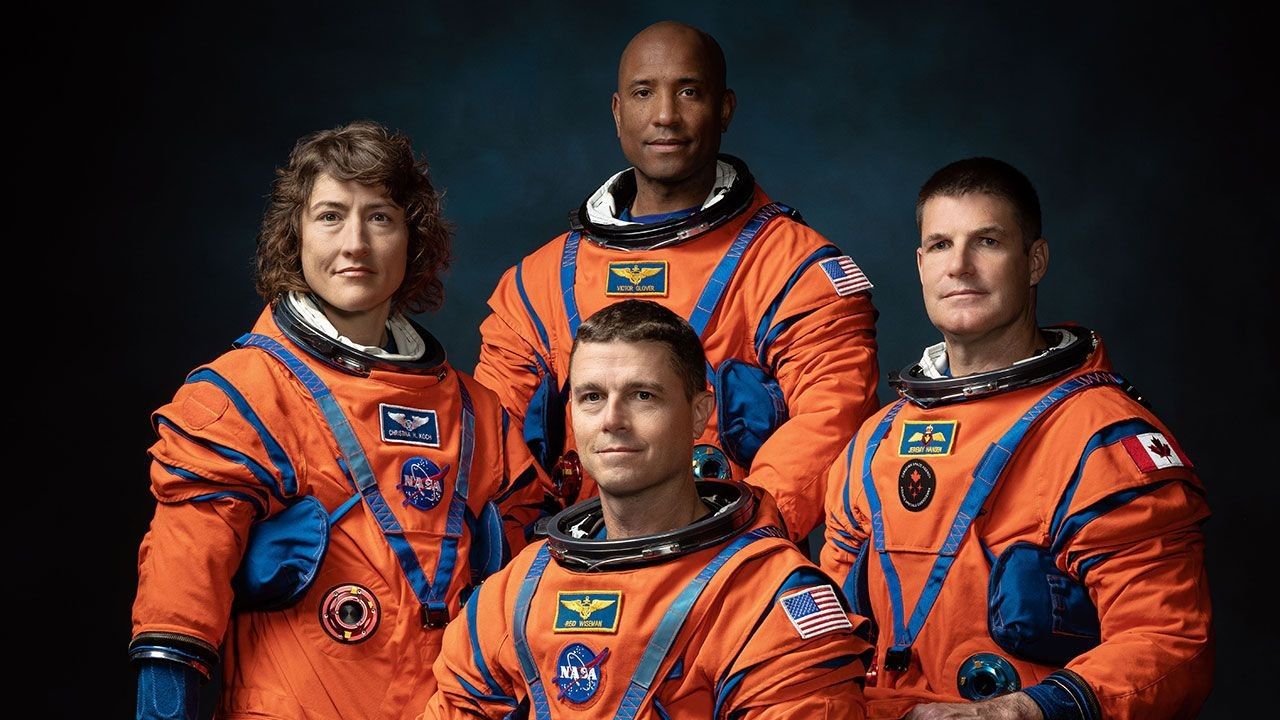
Artemis 2: Moon Mission Imperative Amid NASA Cuts

The Artemis 2 mission, scheduled to launch no earlier than April 2026, faces a complex landscape of budgetary constraints, workforce reductions, and technical challenges. The crew, comprised of Reid Wiseman (Commander), Victor Glover (Pilot), Christina Koch (Mission Specialist), and Jeremy Hansen (Canadian Space Agency Mission Specialist), remains resolute in their commitment to demonstrating the value of space exploration.
Navigating NASA’s Challenges
NASA is currently grappling with potentially significant budget cuts for 2026. These cuts could reach up to 24% of its total funding, potentially leading to the cancellation of over 40 ongoing and planned missions. This financial uncertainty is compounded by a substantial reduction in workforce. Nearly 4,000 employees have already departed through a deferred resignation programme, reducing the agency’s personnel by over 20%. Coupled with an additional 500 departures this year, projections indicate a potential 21% decrease in NASA’s workforce by January 2026.
Commander Wiseman acknowledged the impact of these losses on the team, stating that saying goodbye to colleagues has been difficult. However, he emphasised the crew’s confidence that the necessary personnel remain in place to ensure the successful preparation of hardware and training for Artemis 2. He stressed the importance of proving the worth of investment in exploration, particularly when flagship programmes are under scrutiny and employees feel the agency is under pressure.
Wiseman underscored the crew’s unwavering focus on their immediate tasks, stating they know exactly what needs to be done in the next six months. This dedication is fueled by a desire to demonstrate the value of the Artemis programme, particularly in light of proposals to curtail the programme after Artemis 3, currently slated for launch in mid-2027. Wiseman believes that a successful Artemis 2 mission is the best way to garner support, encourage investment, and ensure the continuation of lunar exploration beyond Artemis 3.
Addressing Orion’s Heat Shield Concerns
In addition to the budgetary and staffing challenges, the Artemis 2 crew addressed concerns surrounding the Orion spacecraft’s heat shield, which experienced unexpected charring and some material loss during its maiden voyage on the uncrewed Artemis 1 mission in late 2022. This led to external safety groups raising concerns about the risks posed to a human crew.
Pilot Glover expressed the crew’s confidence in the agency’s internal review process, stating they have been involved from the outset and have full trust in the team working on the craft. He also acknowledged the value of external scrutiny, recognizing that discussions about fire, re-entry, heat shields, and parachutes involve inherent risks that demand meticulous attention to detail. He welcomed the external input as a catalyst for sharpening their focus and enhancing due diligence.
Mission Specialist Koch echoed Glover’s sentiment, highlighting the importance of “appropriate skepticism” in ensuring the crew’s confidence in the heat shield’s integrity. Hansen added that the challenges encountered during Artemis 1 have led to significant advancements in heat shield technology. He described it as a true American success story, highlighting the knowledge gained through pushing technological boundaries.
Lessons Learned from Artemis 1
Koch emphasized the importance of maintaining vigilance despite the perceived success of Artemis 1. She cautioned against complacency, arguing that the mission’s success should be viewed as a potential risk to Artemis 2, requiring the crew to remain inquisitive and investigate any unexpected behaviour. She believes that continuous questioning and thorough investigation are crucial for ensuring the success of future missions.
A Shared Human Experience
Despite the challenges, the Artemis 2 crew remains focused on demonstrating the capabilities of NASA and the United States in returning humans to the Moon. This achievement is seen as a stepping stone towards future missions to Mars.
Glover described the profound experience of contemplating the areas of the Moon that the Artemis 2 crew will be able to observe, areas never before seen by human eyes. He emphasized the shared human experience of this exploration, noting the weight of the idea as he practiced taking pictures and making observations from a mock-up of the spacecraft. He expressed the crew’s determination to “move the needle” and contribute to a broader understanding of our place in the universe.



